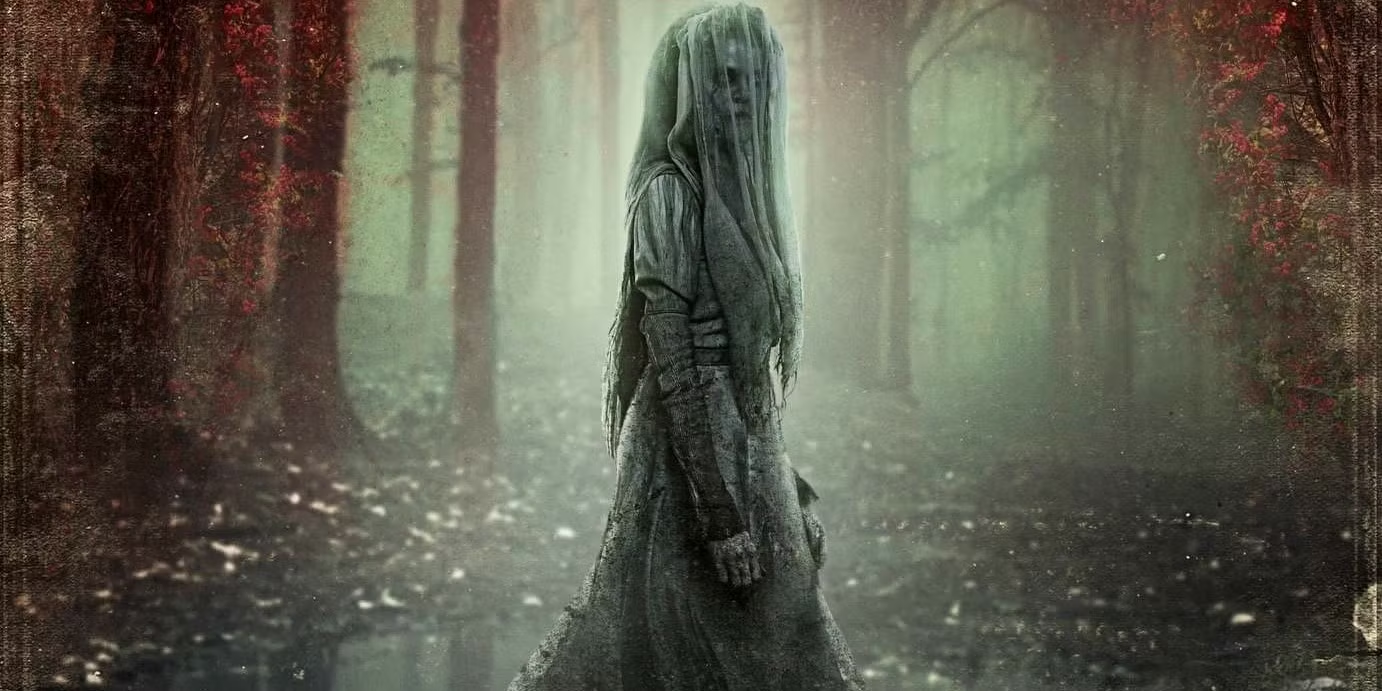As Halloween approaches, eerie tales and ghostly legends come to life across the globe. From the chilling story of La Llorona in Mexico to the haunted La Casa Matusita in Peru, sharing spooky stories connects us to our past and allows us to confront the unknown. Halloween originated with the Celtic festival of Samhain, held on the night of Oct. 31, which they believed marked the transition between seasons and a time when the boundary between the living and the dead grew thin, allowing spirits to walk among the living.
After merging with the Roman Catholic All Hallows’ Day on Nov. 1, Halloween is now a secular holiday celebrated with costumes, treats, and gatherings, blending old beliefs with modern traditions.
For many students, Halloween is a time to reflect on spiritual legends and experiences.
“There are many instances of me feeling a certain energy and picking up on negative or positive energies,” junior Niklas Klemmer said.
Klemmer explained that these feelings aren’t simply nervous jitters; he feels they’re deeply tied to specific people or places.
For instance, he recalled an unsettling experience in a nearby hotel, where he sensed an “extremely dark energy,” making him feel that the place itself was haunted or marked by a residual spirit. For Klemmer, energies seem to exist beyond explanation and bring a sense of validation to the idea that spirits might linger in certain spaces.
Sophomore Siya Singla connected her belief in the supernatural to her cultural and religious views. “I definitely believe that my loved ones that have passed away are watching over me in some way,” she said. For Singla, death doesn’t mark the end: she believes in reincarnation and feels that Halloween amplifies her spiritual sensitivity. “I feel like on Halloween especially, it’s spirits and demons time to come out on this one day,” she explained. This idea, shared by many cultures worldwide, resonates with the ancient belief that certain days allow spirits to return, intensifying our sensitivity to the supernatural.
For junior Melissa Villalon, the story of La Llorona, or the weeping woman, has been passed down through her family and still haunts her. “I remember when I was a kid, my dad told me the story of La Llorona, and I still believe it’s true,” she said. Villalon recounts the legend of a mother who, in a fit of despair and jealousy, drowns her children to hurt her unfaithful husband. After realizing the horror of her actions, she drowned herself in a river and is said to wander, still searching for her children. “Supposedly, if you’re a kid that doesn’t behave well or a kid that hates their parents, she’ll come get you and start calling to you,” she said. “I was really scared because I thought she would come and get me if I misbehaved.”

“I think in general, people have those tales because they have either experienced them themselves or have had somebody else experience them, and you just believe them right away,” Villalon said.
While some may see these tales as mere superstition, Villalon explained that they hold a powerful weight in her community. For her, the countless retellings and the vivid details of sightings in Mexico—especially in haunted rivers and small towns—have solidified her belief in La Llorona. “There is proof out there that people have heard. I’m pretty sure there are videos, and they’ve seen her white dress or heard her cries,” she said.
Senior Firpo Bolaños shared a terrifying tale from Peru about La Casa Matusita, a famous mansion that locals believe is haunted by a dark spirit. Bolaños stated, “The tale says that years ago, a woman bought a house in Peru, and she made a pact with the devil.”
To reinforce the haunting reputation, he also explained, “People would hear chains and crazy things going on,” he said, adding that as others moved into the house, they unexpectedly died or went “crazy.”
Bolaños mentioned that the Matusita Hous” was so feared that it was off-limits to the public for years, later reopening for haunted tours before closing once again. “Right now, it’s closed because it’s really haunted,” he said, emphasizing that the house’s dark history makes it a notorious attraction in Peru. For Bolaños, the tale of Matusita House reflects the real danger many people believe haunted places can pose, becoming a cautionary tale for those brave—or foolish—enough to explore them.
For students like Klemmer, Singla, Villalon, and Bolaños, ghost stories and Halloween tales offer a way to explore questions of life, death, and what might lie beyond. These stories aren’t only thrilling, but ways to connect with past generations and cultural beliefs. In Klemmer and Singla’s experiences, supernatural tales bring out beliefs in energies and reincarnation, while Villavon and Bolaños’ stories reflect a connection to family history and community legends.
Halloween tales give people worldwide a shared belief in the unseen and a curiosity about life’s mysteries. They bring communities together and let us test the boundary between life and death, all in the spirit of storytelling.





